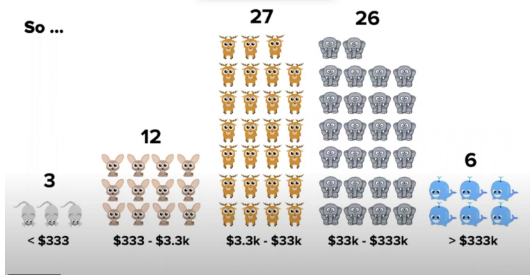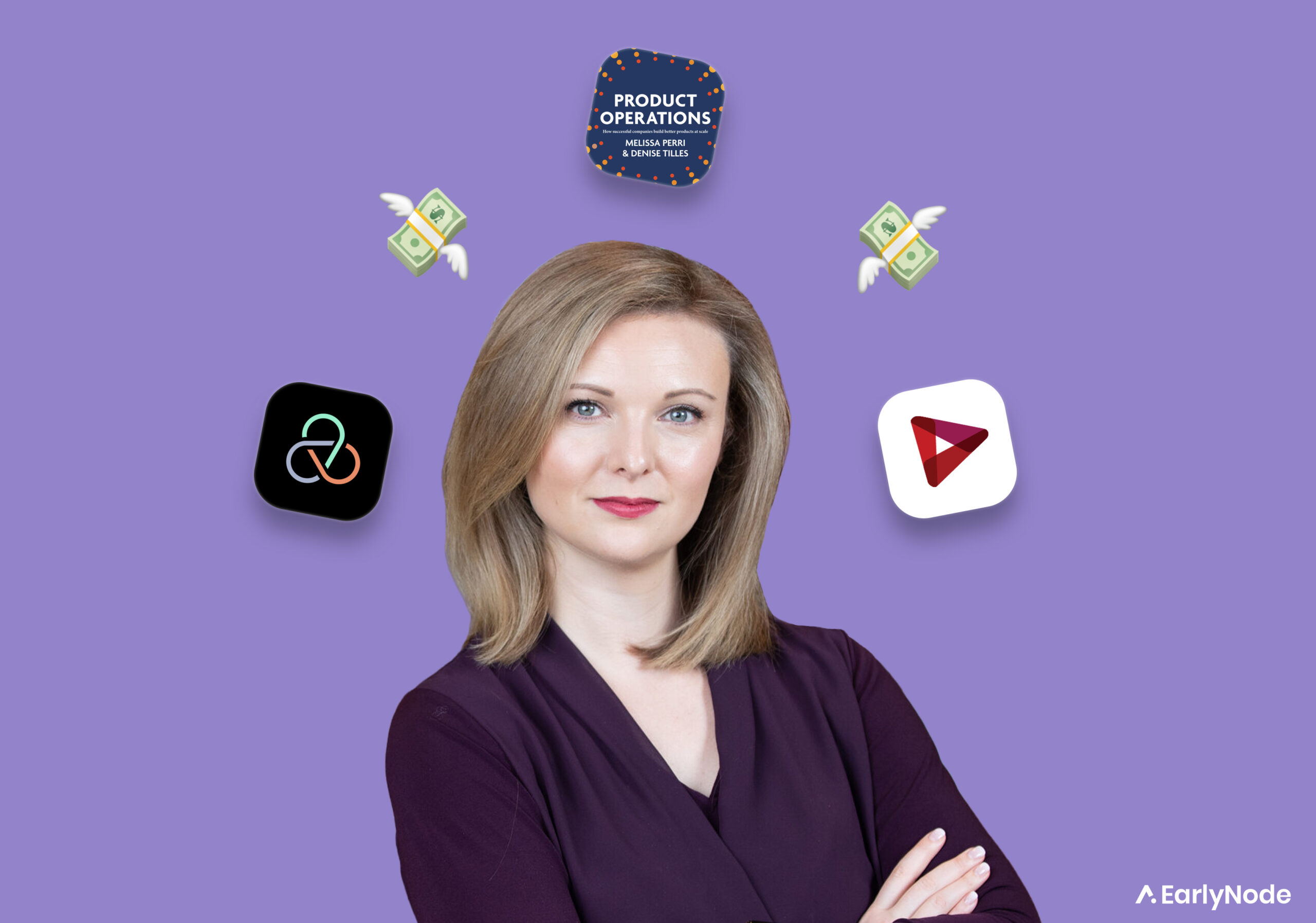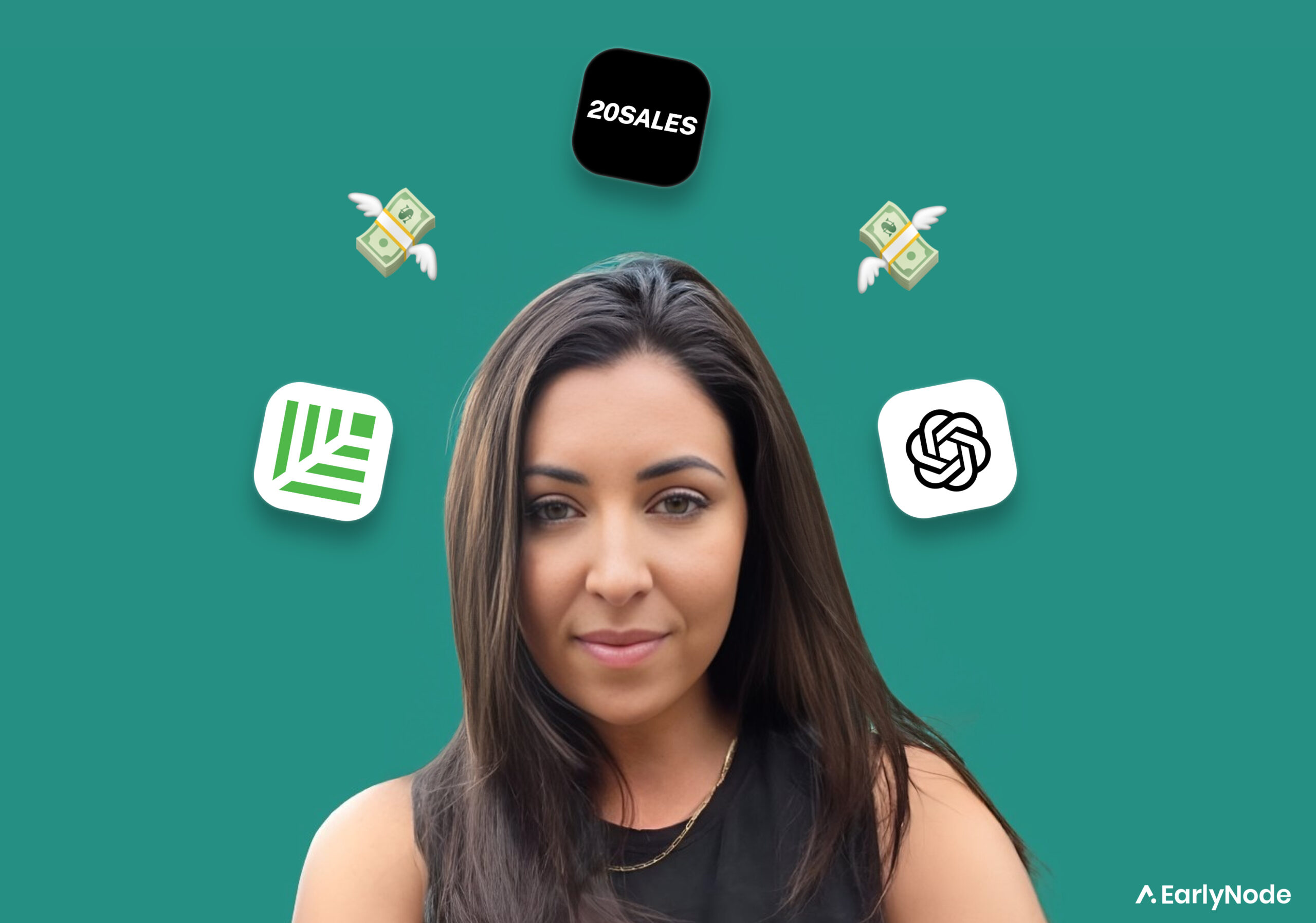Christoph Janz’s 5 ways to get $100M ARR in VC-backed SaaS

Christoph Janz is famous for his graph of 5 ways to get to $100M ARR aka to build a SaaS unicorn.

An the X-Axis you see the ARPA, what you earn per customer per year, and on the Y-Axis how many of those customers you need to get to $100M ARR.
chose the animal you hunt wisely
As one should focusing on maybe just one or two of these types of customer sizes because it just adds a lot of complexity if you have to serve customers that are so different it’s good to know what kind of animal hunters are the most successful-
So Christop Janz studied what is the most likely by studying 74 public SaaS companies, which were successful in reaching unicorn status.
He categorized them based on the following logic

and found that the two most successful bucket were Deer and Elefant Hunters which made up more than ⅔ of the SaaS unicorns.

So if you are planning to build a major SaaS company you should pick a product category that allows you to charge an ARPA of 3.3k-333k.
Stay out of the Zombieland if you want to scale
Another important variable to consider is that CAC and ARPA/LTV need to be aligned.
Meaning simply the lower your ARPA, the less you can spent to acquire a customer.
this might be obvious in theory on this graph but Janz sees companies, again and again, making the mistake of not matching the way they acquire customers and their ARPAs being aligned
Zombieland these are this is filled with startups who did not find a way to align their attacks with their LTV and it’s actually quite typical and I maybe will I think will maybe talk about this a bit more in the in a panel about the reasons why startups fail I think once you have product market fit then not being able to find scalable customer acquisition channels that are in line with your lifetime value is probably one of the most frequent reasons why you’re maybe
not necessarily fail by but why you kind of get stuck and don’t manage to get to the to the next stage so if you are in that corner really there are only two ways that what you to things that you can do to get out of there and one is to increase your lifetime value the other one is to decrease your crack so you maybe there is some potential virality in the product that you haven’t leveraged yet or maybe you can eat increase your pricing or go up market but if you really want to build a big business and you are in that corner you
have to go either up or left or do a combination of that of both
Here is a graph with a good overview

How to hunt: The acquisition strategies that match each animal
Like in nature, depending on what you’re trying to hunt: Different tools are to your exposal.
Here is an over of profitable and sustainable ways to acquire customers depending on their ARPA:


3 Rules of Freemium
“I have a bit of a love/hate relationship with the freemium model. Done right, freemium can lead to amazing success. But not every SaaS company can be a Dropbox or a Typeform. Done wrong, freemium can end up cannibalizing your paid user base while also draining your company’s precious engineering and customer support resources.” – Quote by Janz
Let’s just say the relationship between Christoph Janz and Freemium is ambivalent and a lot of SaaS founders can relate to that love & hate drama.
1) Does your paid plan have a gross margin of 80–90%?
If you have a lower gross margin — for example, because your product is not fully self-service, requires extensive customer support or is extremely costly in terms of tech infrastructure — freemium will probably not work for you.
2) Does your free plan attract the right audience?
If your free users are too different from your paying users, your free-to-paying conversion will be low — and you’ll risk developing your product for the wrong audience.
3) Is your product inherently viral?
If your answer is no, that doesn’t make it a complete no-go, but it does mean that it’s much less likely that freemium is right for you.
Wrapping up
In the end, freemium only makes sense if a certain percentage of your free users do one of three things: 1) Eventually convert to paid, 2) refer paying customers, or 3) provide the kind of valuable feedback that will improve your product.
A freemium product that fails to achieve any of these effects will merely saddle you with extra costs and distract you from servicing your most important users. Not every company can be a Dropbox, but the good news is that not every SaaS company needs to adopt Dropbox’s freemium model to succeed.




